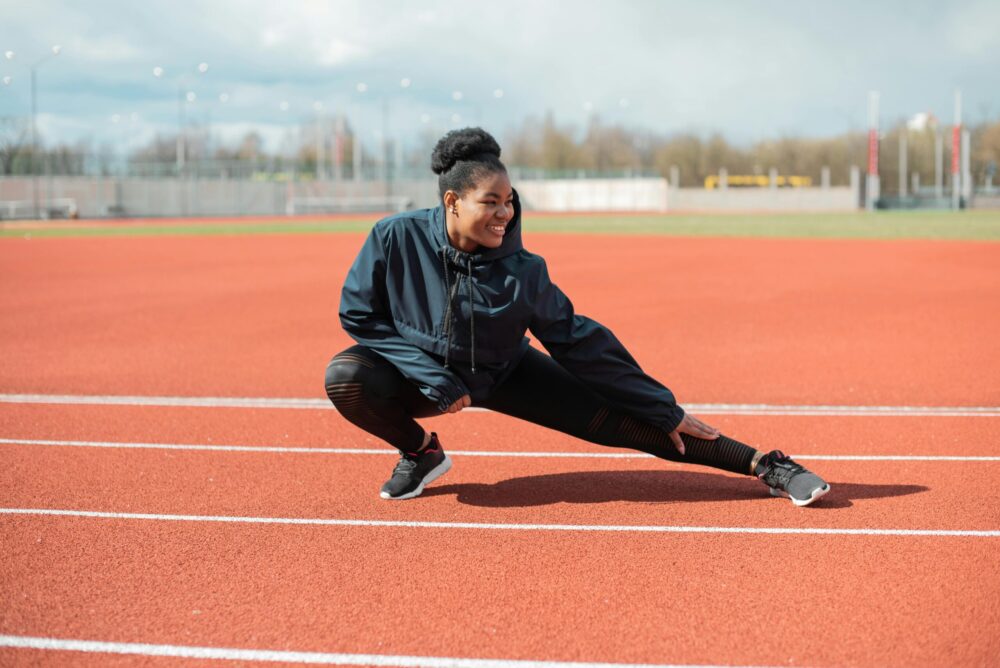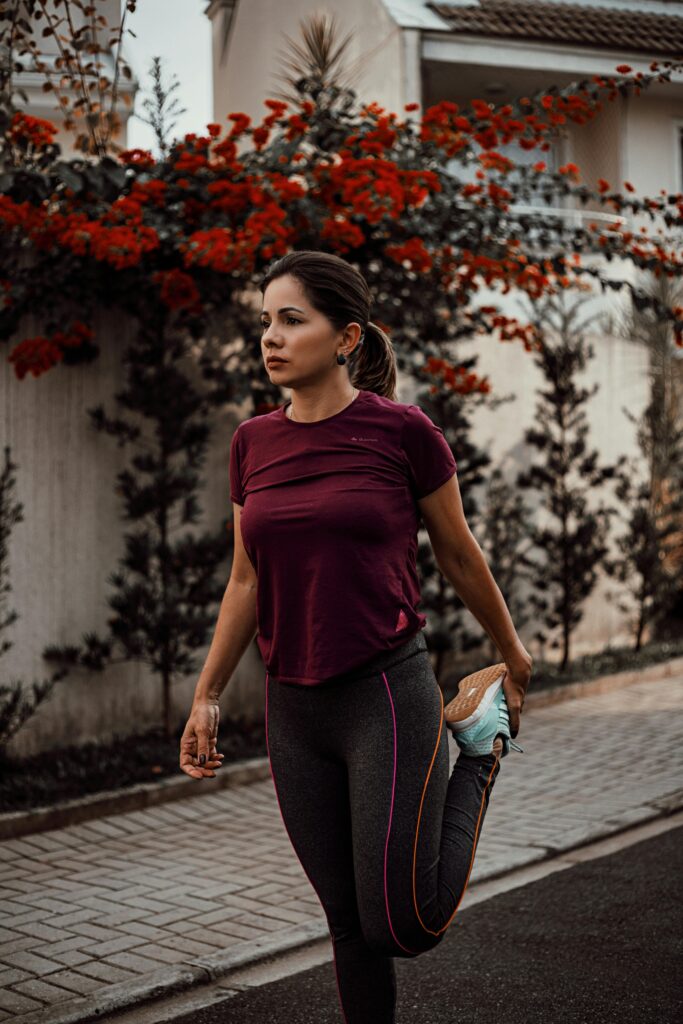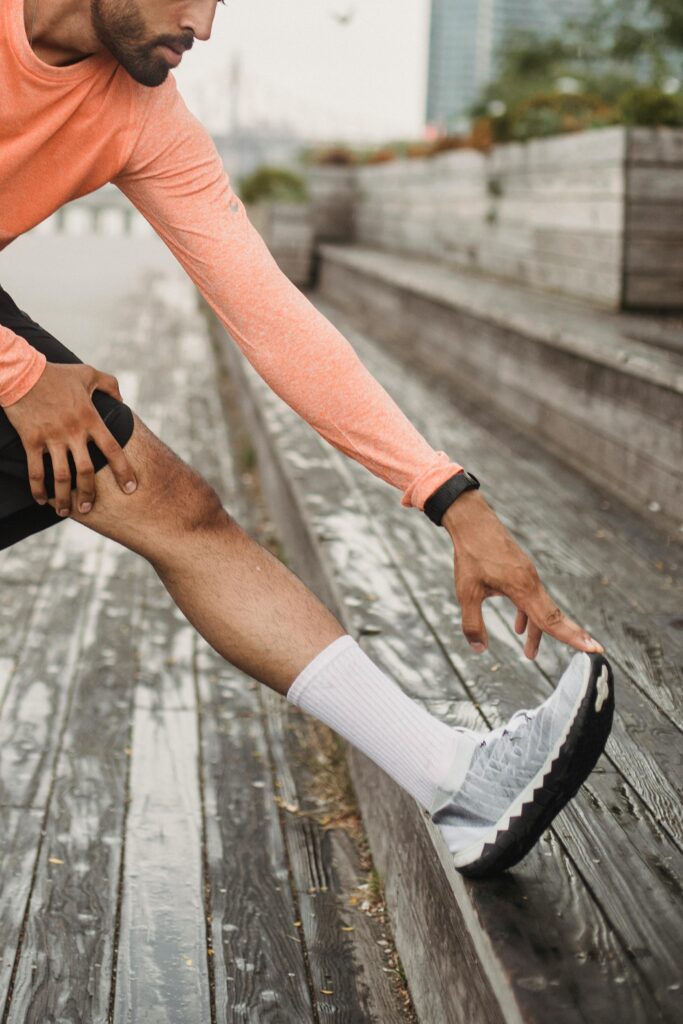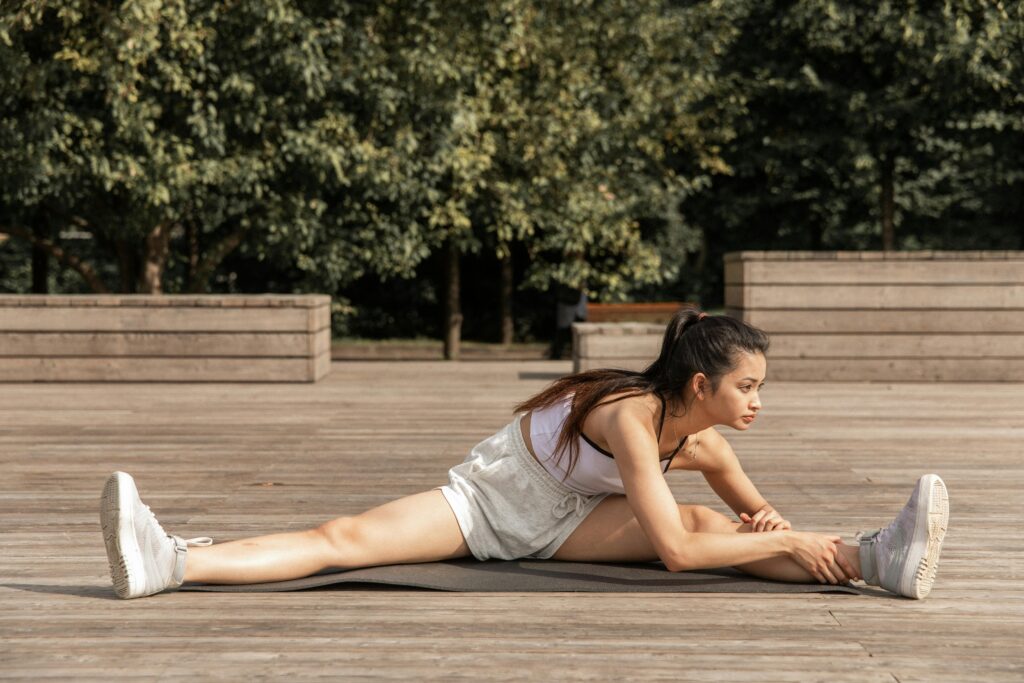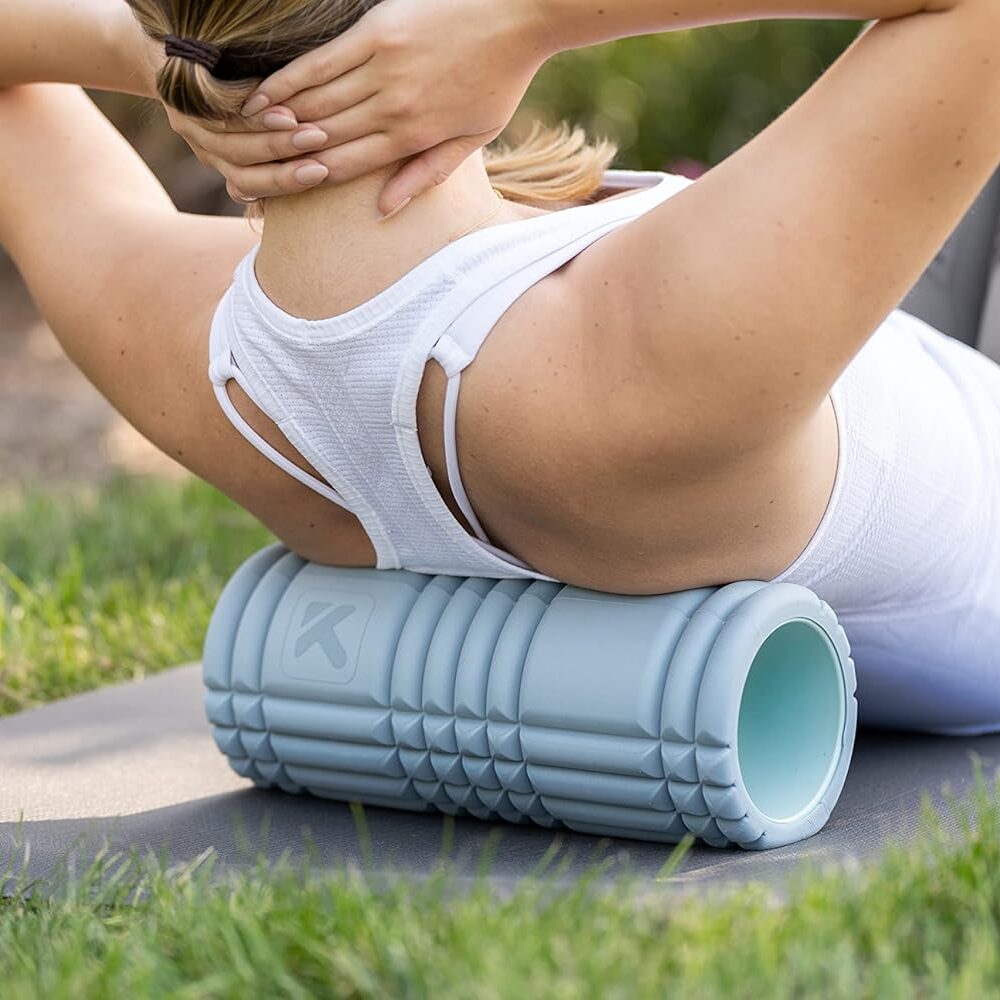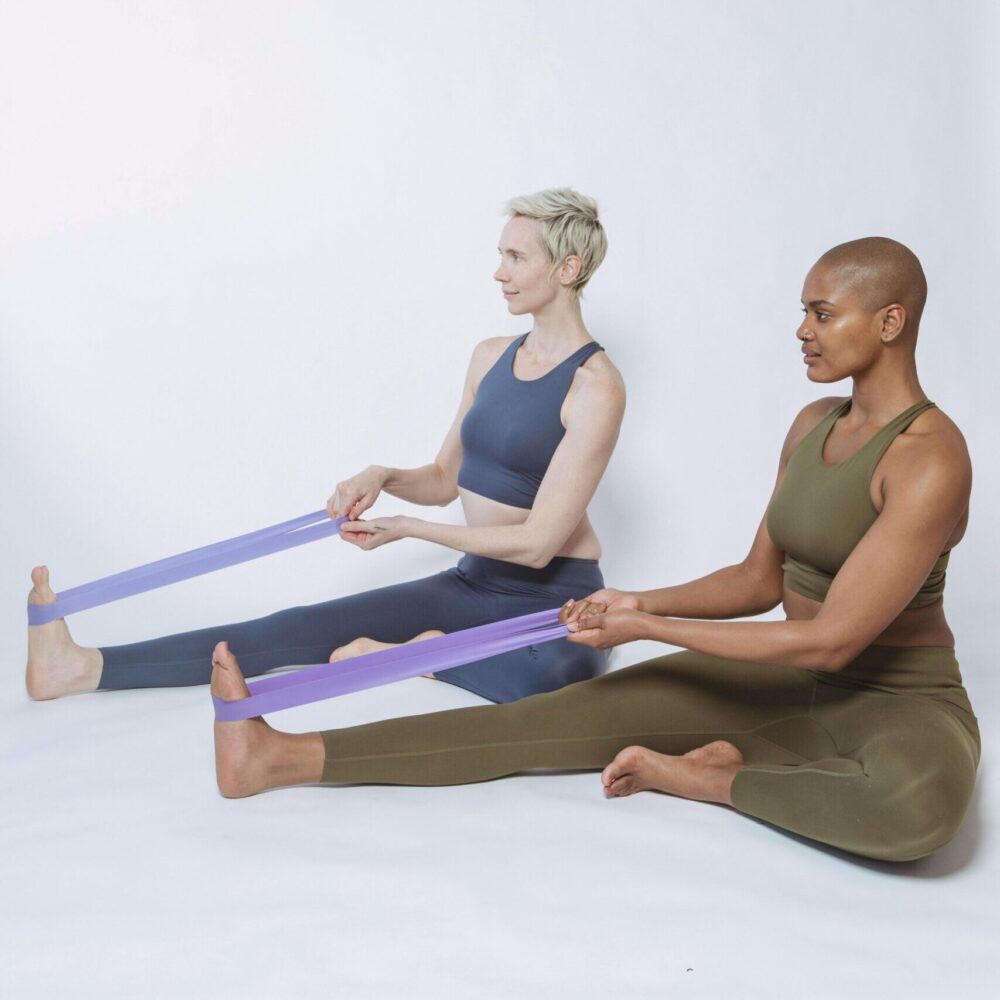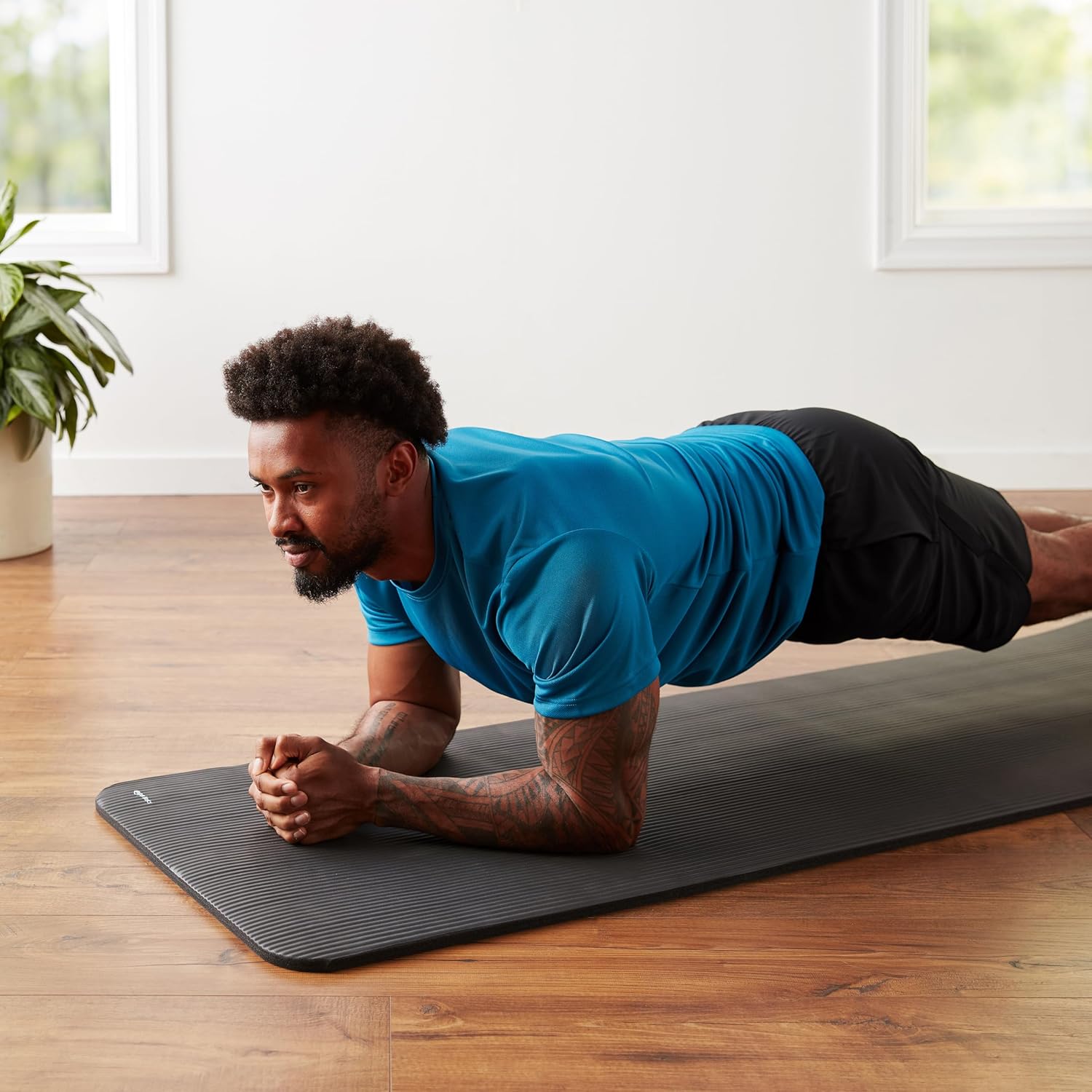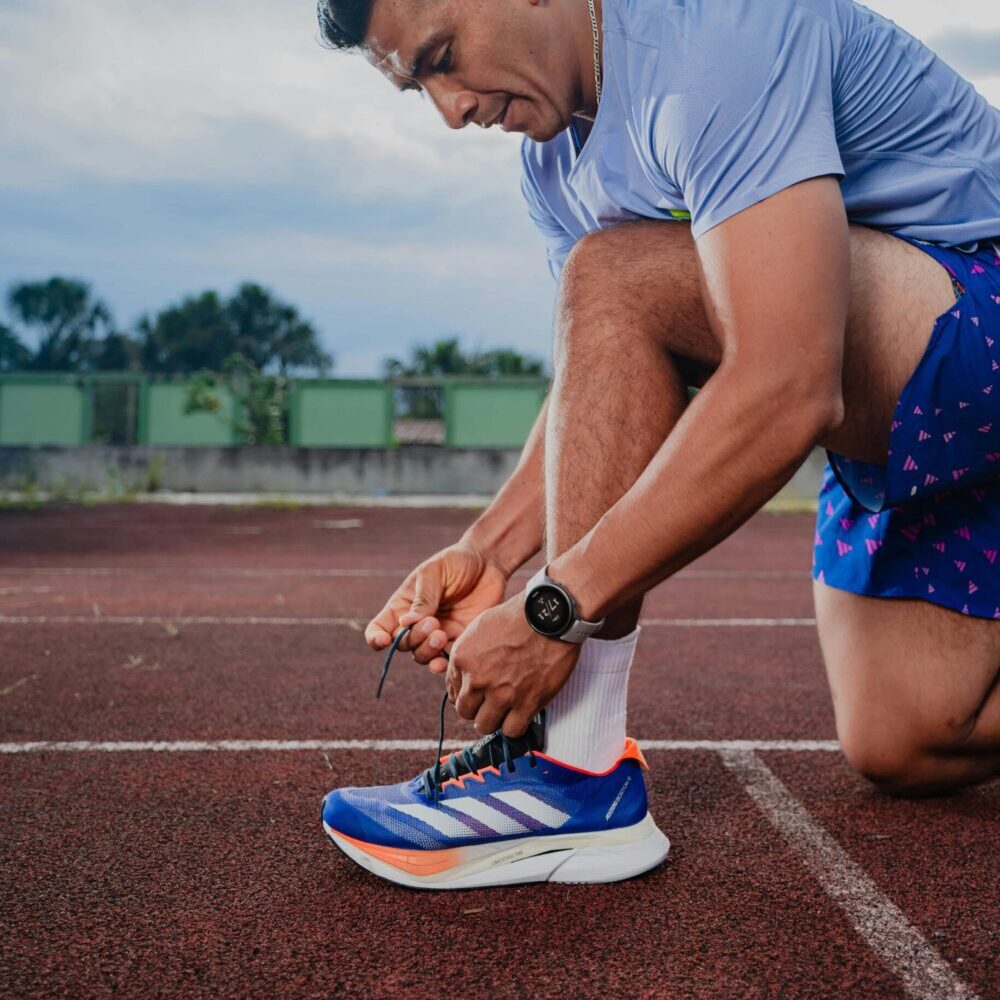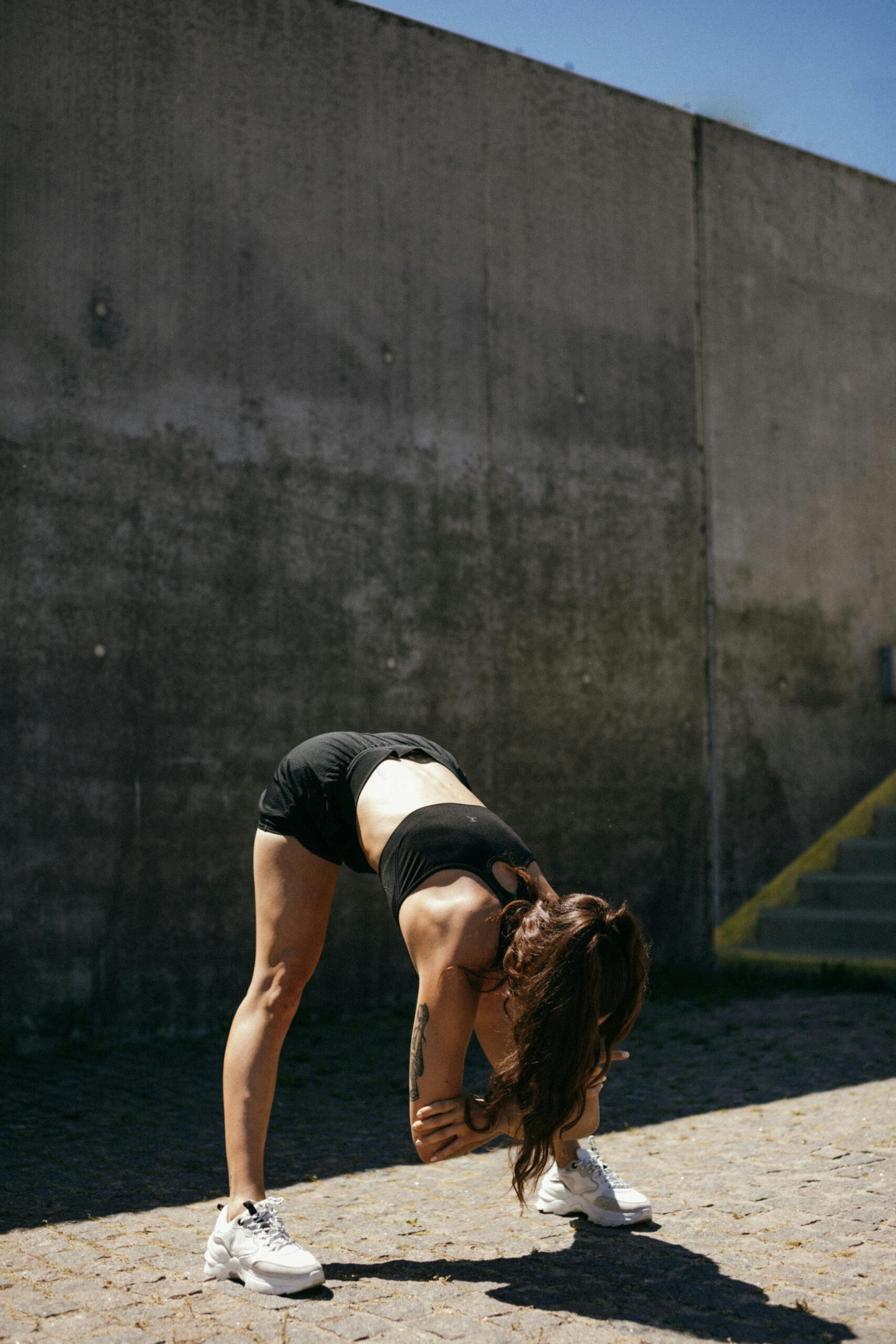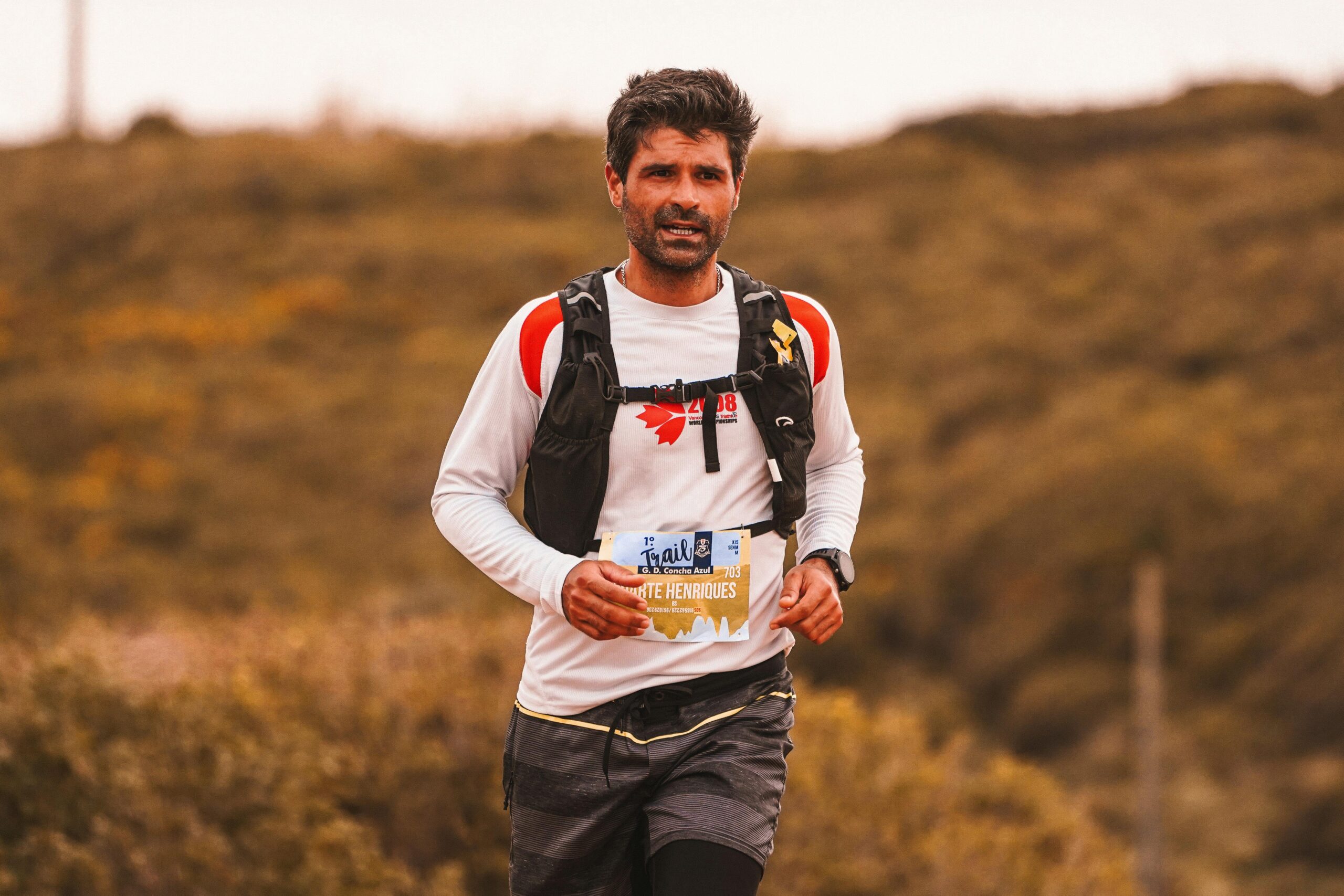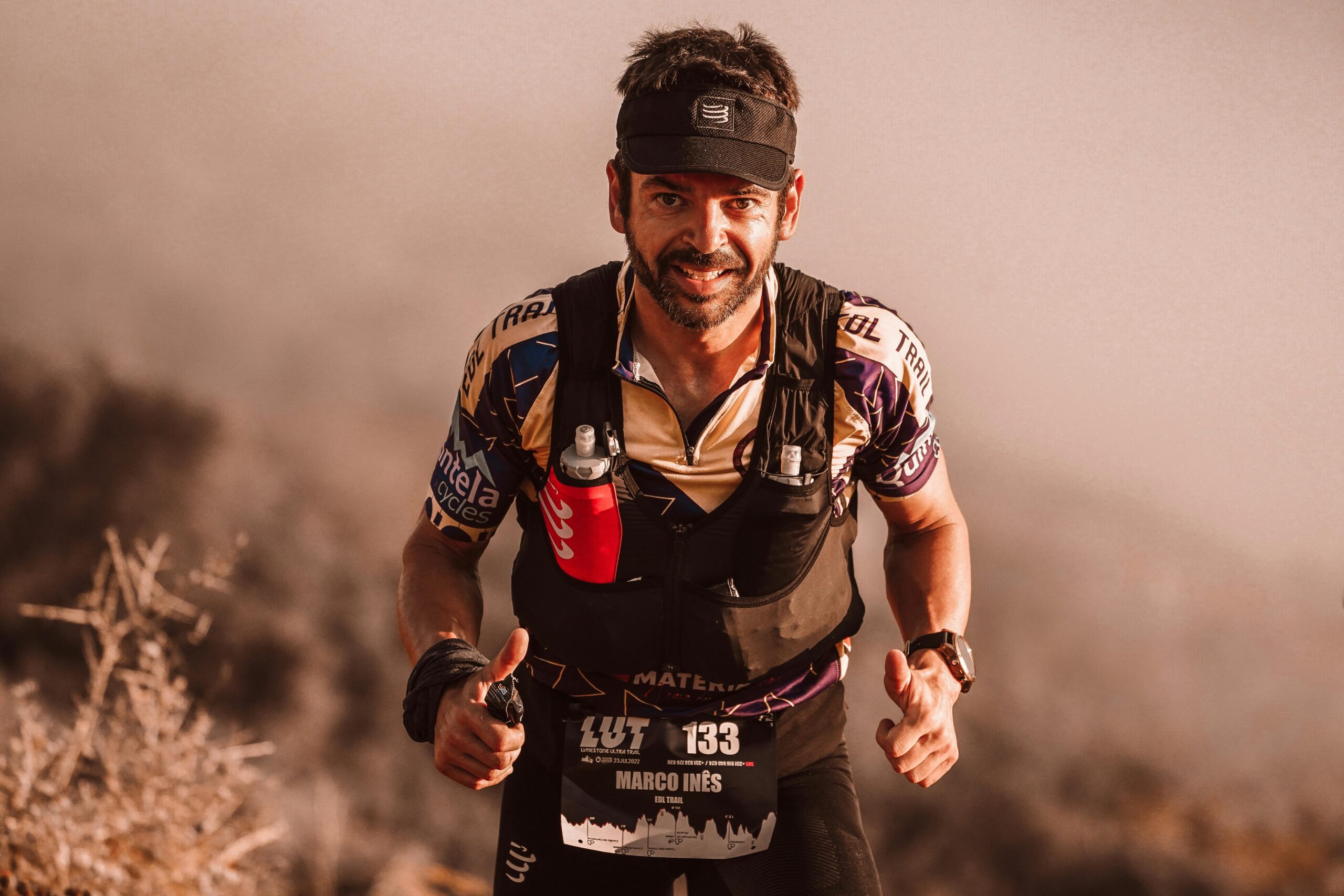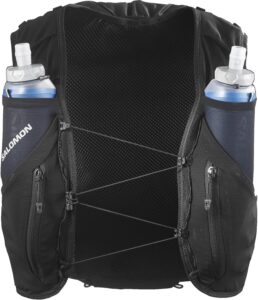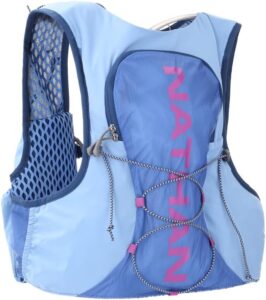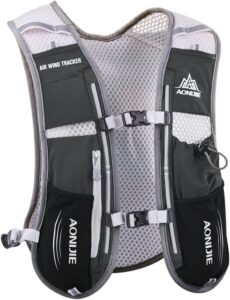If you’ve ever lined up for a half marathon or marathon, you’ve probably seen runners tucking small colorful packets into their running vests or shorts. These are running gels, one of the most popular fueling options for endurance athletes. But if you’re new to distance running, you might be wondering: Do I really need them? In this article, we’ll explore what running gels are, when you should use them, and how to choose the right ones for your training.
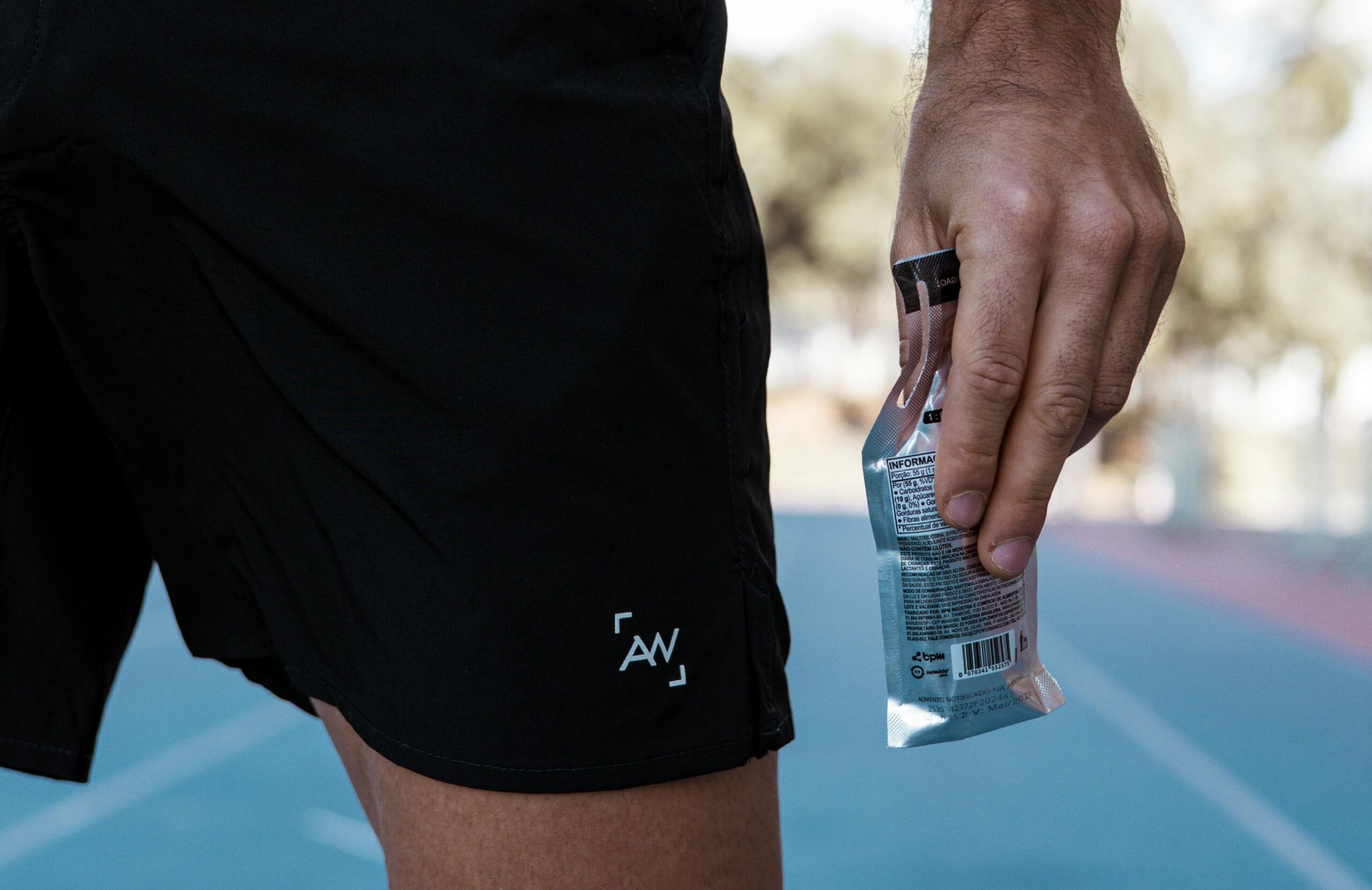
What Are Running Gels?
Running gels are concentrated carbohydrate packets designed to provide quick energy during long runs. Unlike solid snacks, gels are easy to digest while moving, and they deliver glucose and fructose straight into your bloodstream for fast fuel.
- A typical gel contains around 20–25 grams of carbs.
- Many include electrolytes to help replace salt lost in sweat.
- Some even contain caffeine for an extra boost of alertness.
According to Runner’s World, most athletes benefit from fueling with gels after 60–90 minutes of running, depending on intensity.
When Do You Actually Need Them?
If your runs are under an hour, you usually don’t need gels — your body has enough glycogen stored. But for longer distances like:
- Half marathons
- Marathons
- Trail runs over 15 km
…gels can make the difference between hitting the wall and finishing strong.
For example, if you’re training for a marathon, combining gels with hydration from your running vest (see our guide to choosing the right running vest) ensures you stay fueled and comfortable.
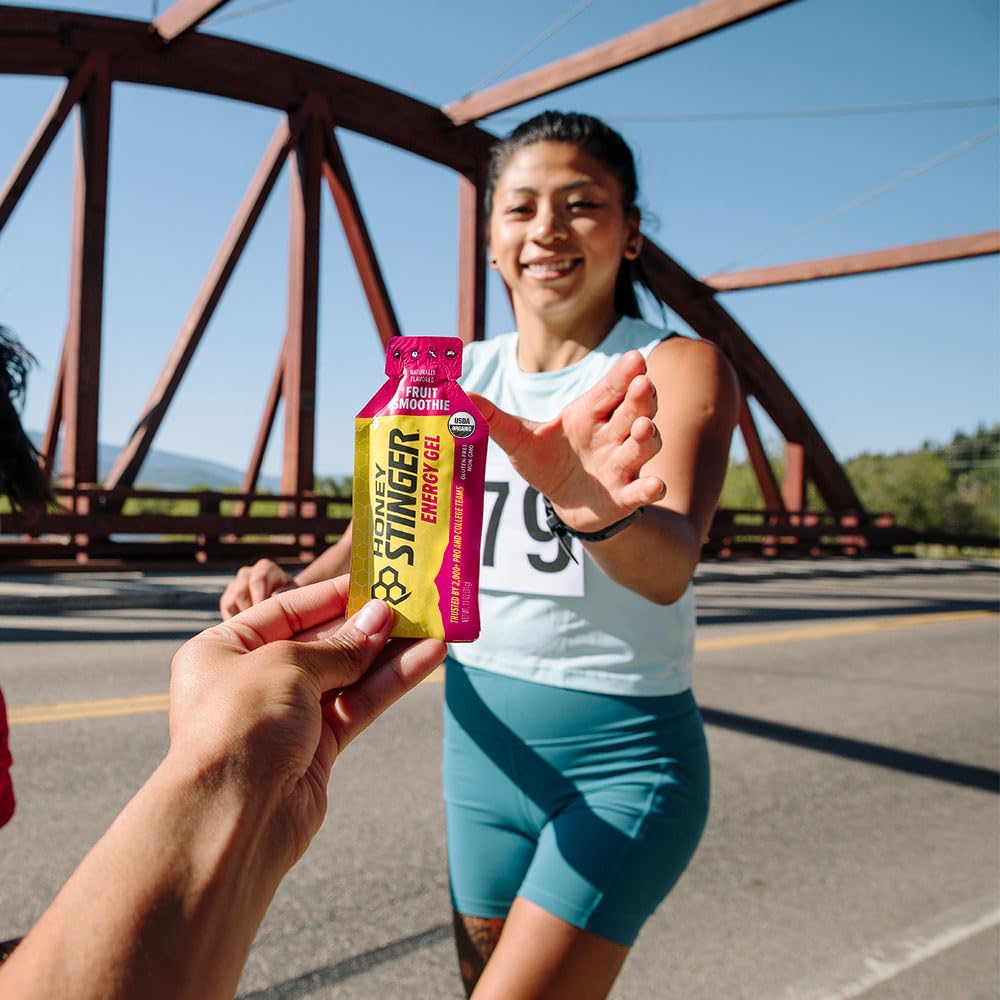
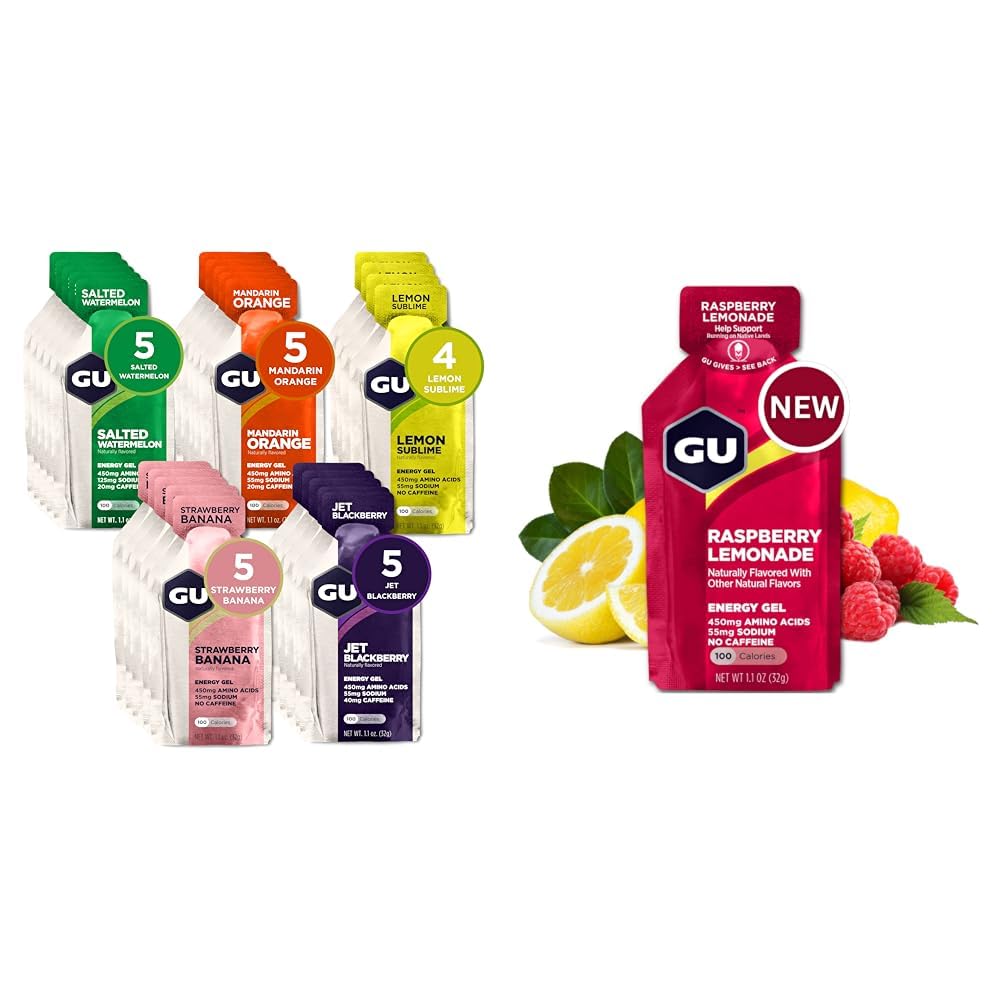
How to Use Running Gels Effectively
Using gels is not just about swallowing one whenever you feel tired. Timing is everything.
- Take your first gel around the 45–60 minute mark.
- Continue with 1 gel every 30–40 minutes afterward.
- Always drink water with gels to avoid stomach discomfort.
💡Pro tip: Test different brands during training, not on race day.
Do All Runners Use Gels?
Running gels are not just a marketing gimmick — they’re widely used by professionals and recreational runners alike. In fact, a survey by Competitor Running found that over 70% of marathon finishers used some form of energy gel during their race.
Top Running Gels to Try
To help you pick the right gel, here are some trusted options available on Amazon:
- GU Energy Gel: A widely known classic gel with many flavors. Trusted and used by many runners.
- SiS GO Isotonic Energy Gel Variety Pack: Isotonic formulation lets you consume it without extra water — convenient during runs.
- Maurten Gel 100: Uses hydrogel technology, highly rated and considered gentle on the stomach.
- Torq Energy Gel With Guarana: Includes a bit of caffeine, suitable for later stages in a race.
- High5 Energy Gel: Popular in Europe, with good flavor options and reliable performance.
These are reputable picks that many runners trust — using a few of these during training can help you find which gel your body prefers under different conditions.
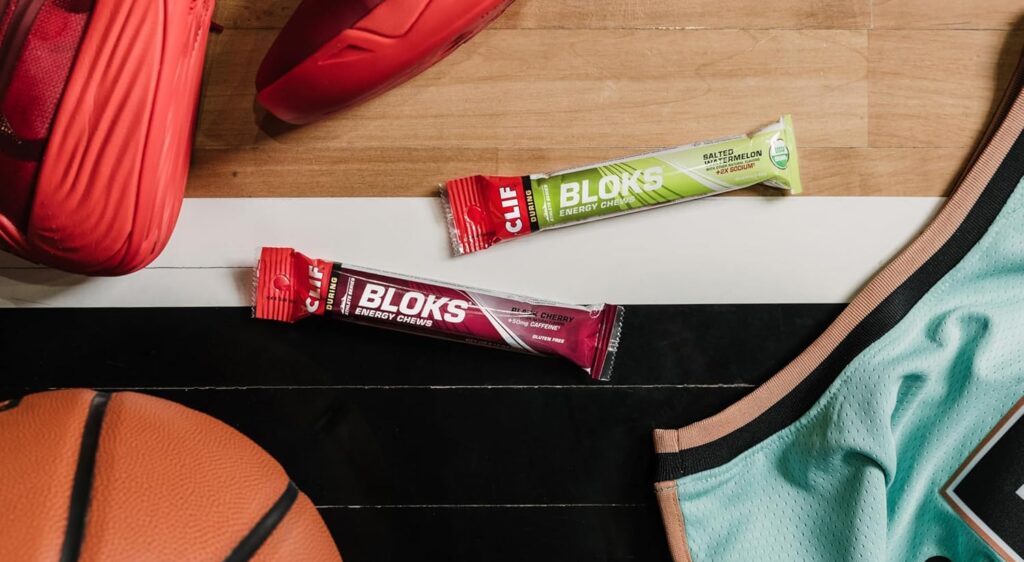
Are There Alternatives?
Yes! Not every runner likes the texture of gels. Alternatives include:
- Energy chews or gummies
- Bananas or dried fruit
- Homemade energy balls
But keep in mind, these may be harder to carry unless you have proper gear like a lightweight vest or shorts with pockets.
Conclusion
So, do you need running gels? If you’re sticking to short 5K or 10K runs, probably not. But if your goal is a half marathon, marathon, or long trail adventure, gels can be an essential part of your strategy.
They’re lightweight, easy to carry, and trusted by thousands of runners worldwide. Combined with the right gear and hydration plan, gels help you push further without crashing.
Want to learn more about prepping for your runs? Check out our warm-up and stretching guide for injury prevention and better performance.

